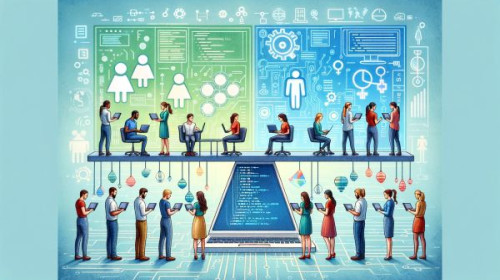Research reveals that despite unprecedented advances in digital technologies, women worldwide face unique barriers preventing them from fully benefiting from the digital sector at large. The problem is that the digital sector is an area where gender analysis has been less widely used than in other sectors, leading to gender inequalities. This is a cause for significant issues of concern since digital platforms, mobile phones, and digital financial services, amongst ot hers, are widely used and provide unique opportunities for women's economic empowerment, improved health and well-being, and political participation. Digital technologies have the potential to contribute to achieving gender equality as long as digital inclusion is given a priority. This course will train participants on how to practically plan for and implement gender analysis in the digital sector in order to promote gender equality results and inclusive digital technologies in and beyond the UN system. This training course was developed in collaboration with UN Women.
Target Audience
Government, civil society, UN, and other professionals looking to incorporate gender in their work.
Learning Objectives
Upon completion of this course, participants will be able to:
- Describe what gender analysis is and what it means to advance gender equality and inclusion in the digital sector;
- Accurately analyze and interpret the needs of different genders in terms of access to, and the benefits of, digital technologies;
- Apply the correct approach/techniques/principles in performing the gender analysis in real-life situations; and
- Explain and advise others (e.g., colleagues) on how to develop and implement recommendations that promote gender equality in their work.








